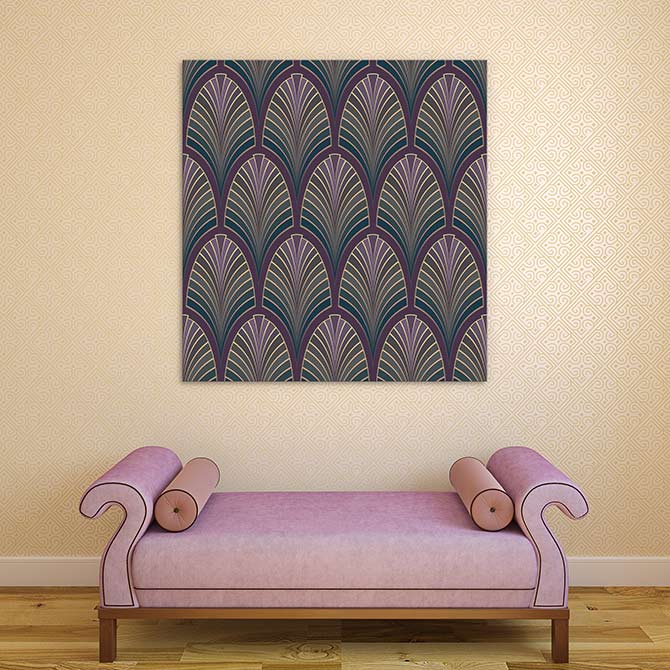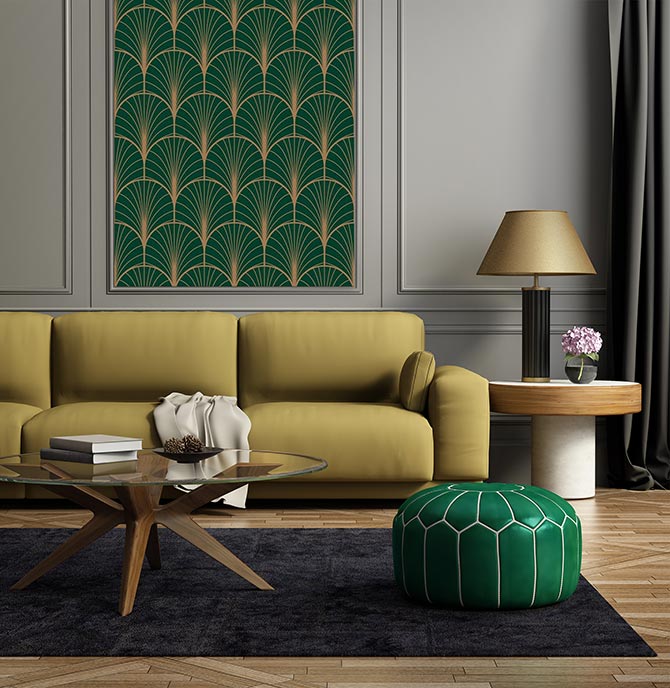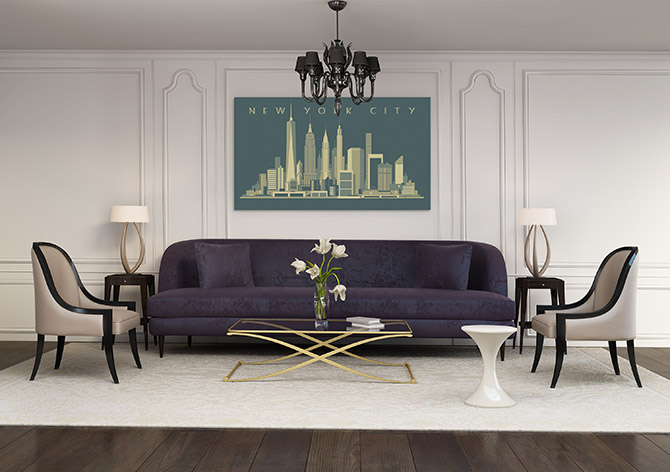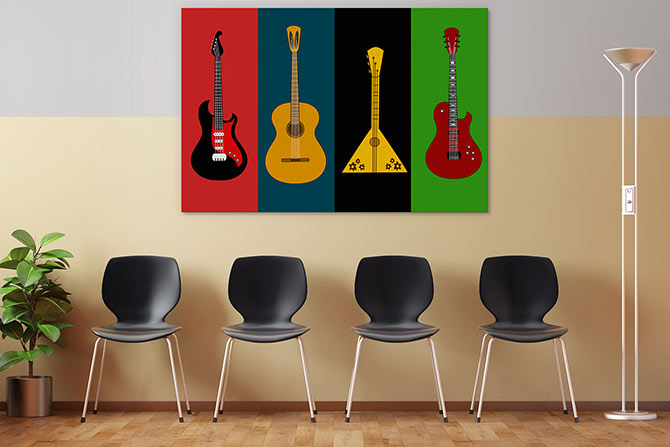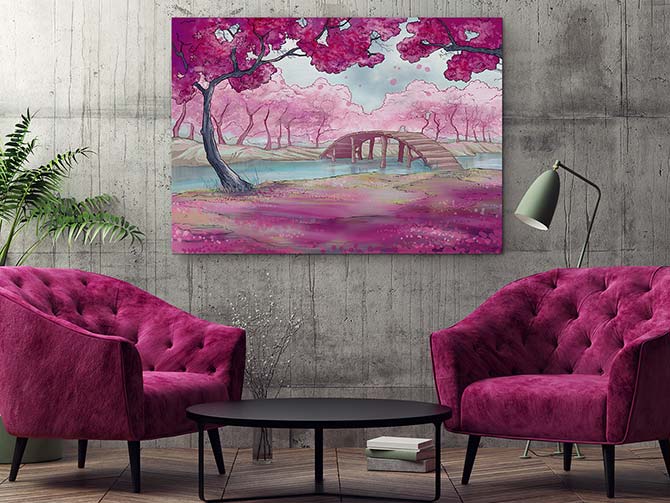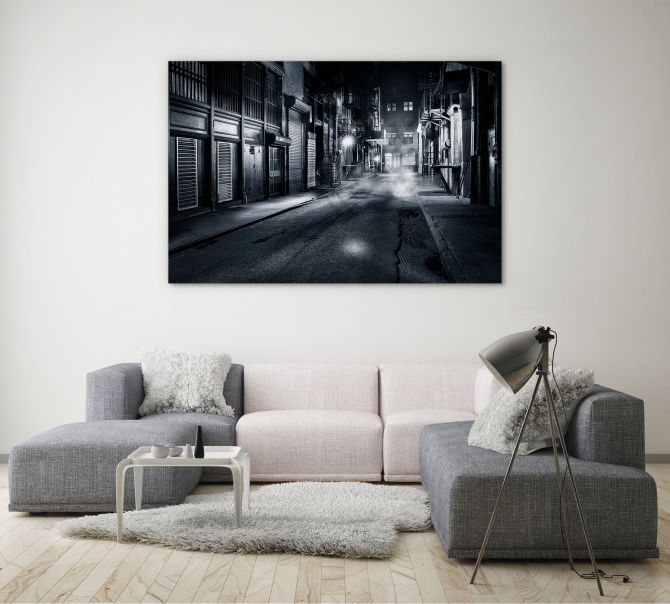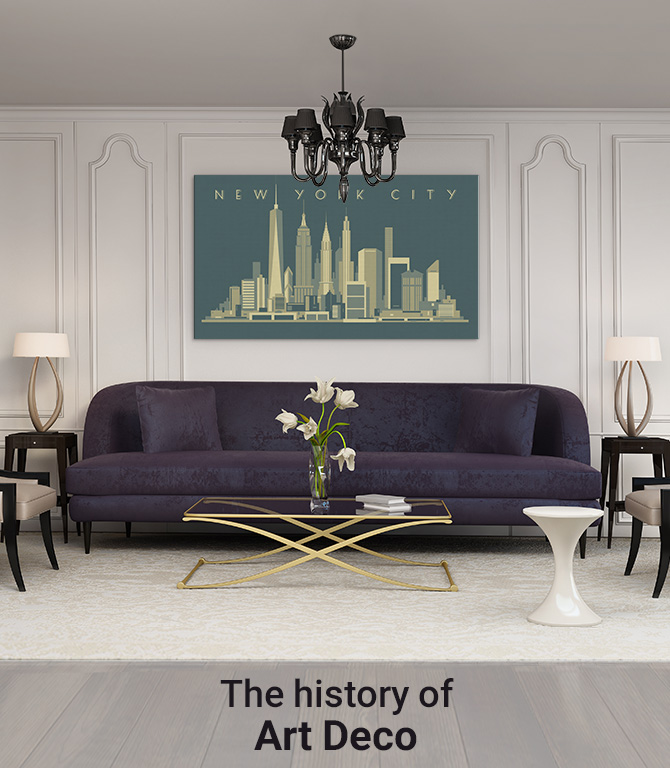
It’s easy to get Art Nouveau and Art Deco confused. While both movements were born out of a response to major world events, the two couldn’t be more different. Art Nouveau gave emphasis to elaborate and flowery decorations and was heavily inspired by nature. This style proliferated until the end of World War I when Art Nouveau dissipated as a force in the art world. By then, another movement started to rear its head: Art Deco.
A thirst for something new
At the tail end of the 19th century in France, many artists felt the need for a new face of art that could duly represent contemporary life since the Industrial Revolution. Art Deco was their modernist battle cry!
Driven by a desire for innovation, these artists decided to form the Societé des Artistes Décorateurs (The Society of Decorative Artists). The group included celebrated Art Nouveau designers and architects from all over the industry. People embraced their vision with gusto, despite the hierarchical structure of arts in France. At the time, decorative artists were demoted below sculptors and classical painters. The organisation’s first plan of attack against the system was an exhibition, which Arch Daily claims is the most definitive moment in Art Deco history. The exhibit showcased the work of over 15,000 artists and was attended by 16 million visitors who flocked from around the world to witness the catalyst for the movement.
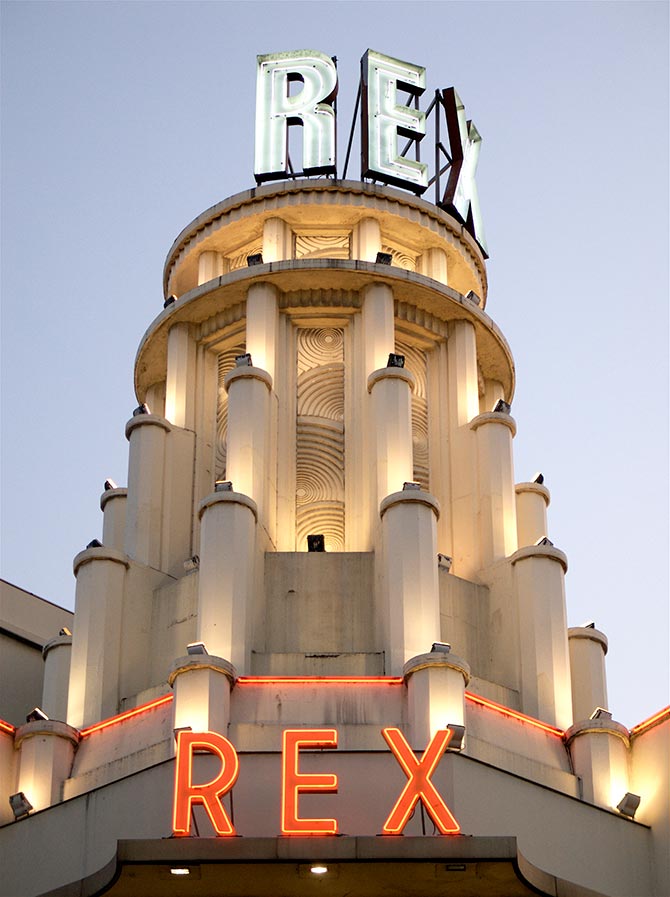
Le Grand Rex in Paris
A glimmer of hope for America
It wasn’t until 1968 that the movement was given its formal name, “Art Deco,” by English historian Bevis Hillier. Prior to that, it went by multiple monikers, such as Moderne, Jazz Moderne and Zig Zag Moderne. To understand the heart of Art Deco, one must divert their gaze from the glamorous west of Europe and look to the streets of America. While French Art Deco was the face of European opulence, its American counterpart was a toast to the new Machine Age’s potential.
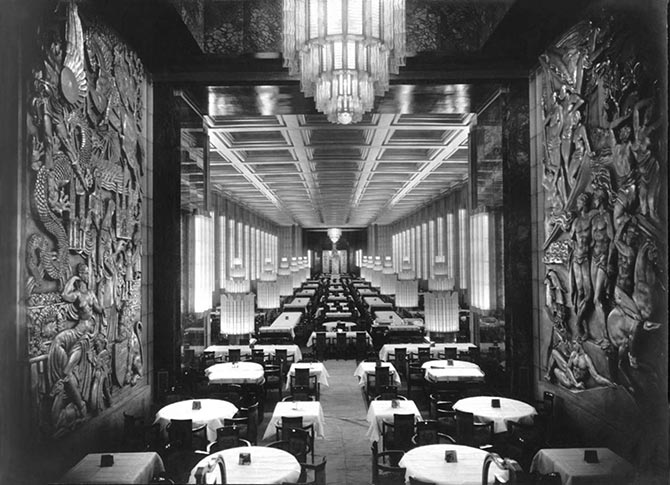
S.S. Normandie’s Art Deco interiors
Art Deco was a glimmer of hope during one of the bleakest moments in American history, brought about by the Wall Street Crash and the Great Depression. As America welcomed Art Deco with open arms, it paved the way for their own distinct version, known as Streamline Moderne or Art Modern. From a toast to modernisation, it became a full on celebration of old Hollywood glamour, flappers and jazz. Suddenly, cinemas, luxury ships, bars and high end restaurants all over the country had adopted its style.
Culture at its core
Its popularity can be credited to the way different cultures could easily integrate their own style and traditions. The movement drew inspiration from pre Columbian, Aztec and Mayan cultures. This was evident in its hard edged, streamlined designs. Geometric shapes, chevrons and ziggurats were quintessential.
Art Deco produced dynamic collaborations between designers and builders, which resulted in complete Art Deco environments, such as South Beach, Florida. Currently, the city has the highest concentration of Art Deco buildings in the world. Curvilinear forms, pastel colours, and heavy neon continue to this day.
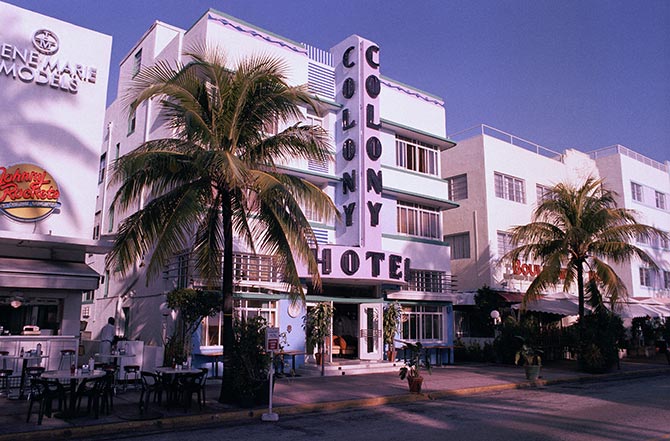
Colony Hotel in Miami Beach, Florida
However, the best example of American Art Deco is the skyscraper. No city bears witness to this more than New York. Architectural Digest states that it is where most iconic structures of its time can be found. The Chrysler Building is a shining example, with its bold ornamental patterns and shimmering metal exteriors. Of course, the renowned Empire State also pays tribute to the movement with its tiered design.
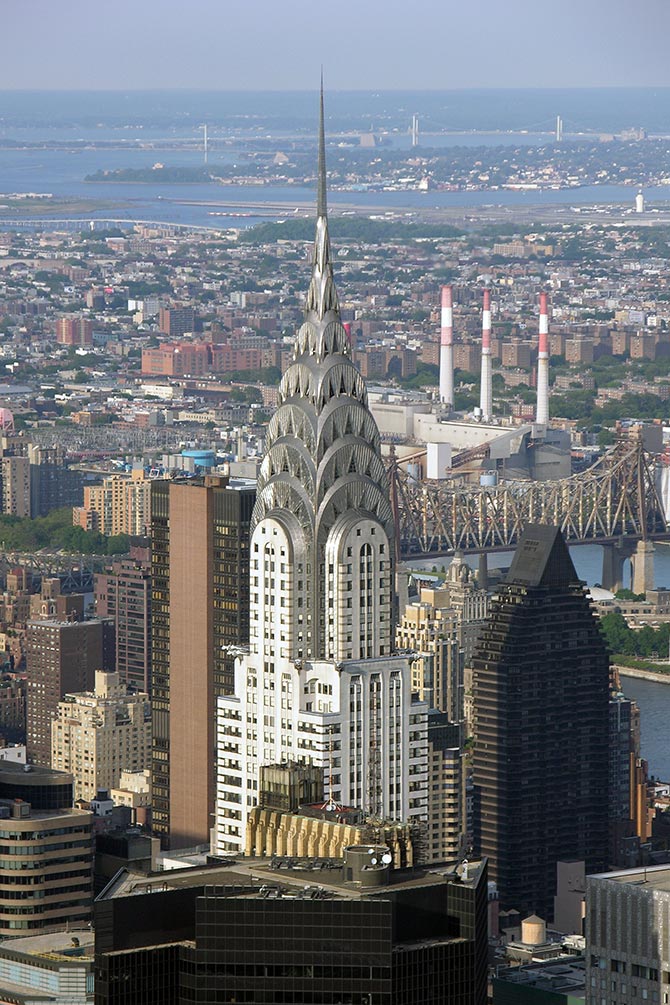
The Chrysler Building in New York
For all its panache, Art Deco was rooted in practicality, with its motifs used to jazz up the most basic of structures. Soon, even Havana, Cuba, Mumbai, Jakarta, London and Shanghai absorbed its phenomenal style.
The end of Art Deco
Unfortunately, the movement was short lived. World War II had arrived and its austerity made Art Deco seem too gaudy and decadent. Further advances in technology also allowed for cheaper production of consumer items, eliminating the need for Art Deco designers. However, the impact of the movement can still be felt to this day. While it was originally created as a means to break away from the past, it’s now a nostalgic classic. It continues to be remembered fondly, influencing succeeding movements like Mid Century Modern and Bauhaus.
Are you a fan of Art Deco patterns? Take a peek at our collection.

